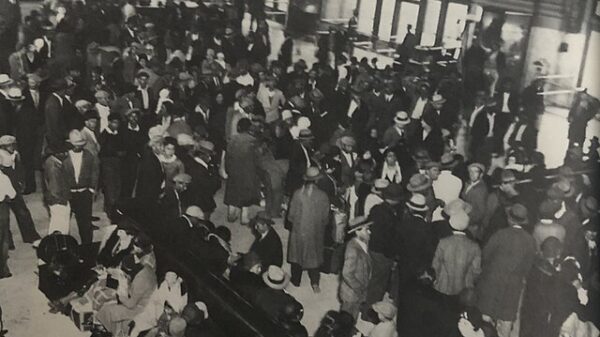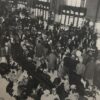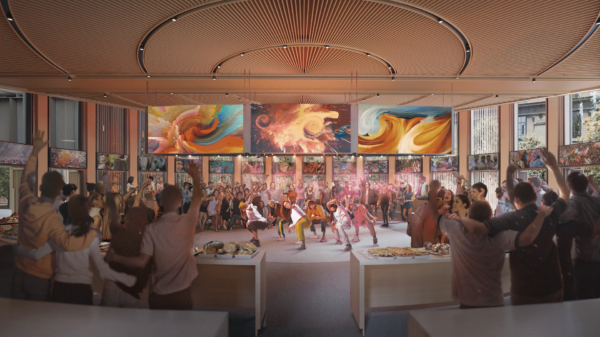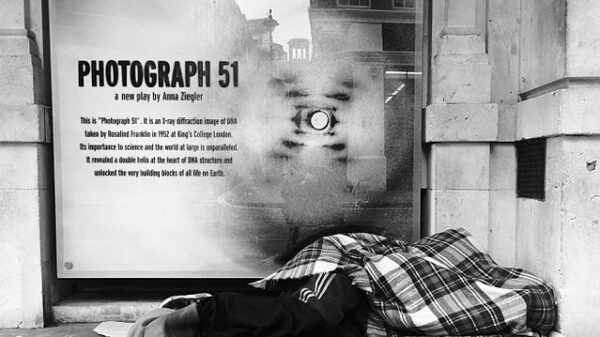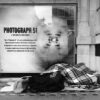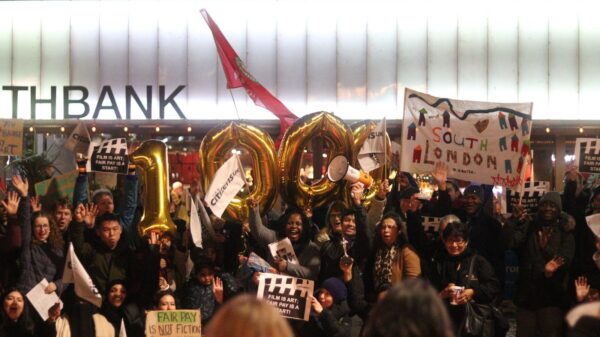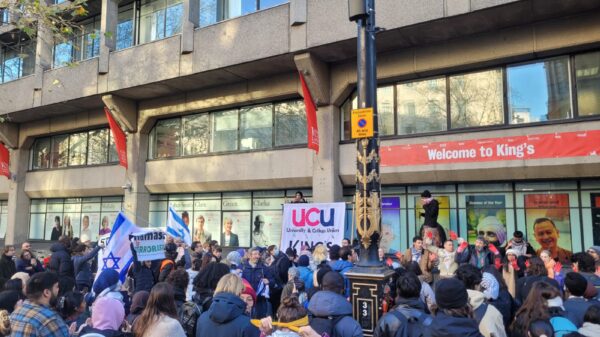Comment Editor Hanna Pham talks with It Happens Here on their exhibition “What Were You Wearing?”
While this academic year brought in-person classes and reunions with friends, it also brought horrific news stories of spiking.
As a university student in the UK, the consistently increasing news of spiking overshadowed my social life throughout the year. Since the start of this academic year, around 2,600 students believe that they were spiked. The horrific act of spiking also metamorphosed into a frightening new mode, needle spiking, in which victims are injected with Rohypnol rather than just the typical oral ingestion. The response from King’s College London, KCL, regarding spiking and sexual assault has been minimal, to say the least.
A Reckoning with Sexual Violence
According to It Happens Here, IHH, a student-led group “working to promote sexual assault, violence, and harassment awareness starting with our own campusâ€, “as an educational and academic institution, we as a student body have heard nothing from any authority/leadership figure at King’s.” The student union’s implementation of giving out top stoppers, and “Ask for Angela” signs have been “better than nothing”, but pushback from KCL as an institution makes work difficult.
IHH goes on to say, “as a student body KCL has done the most work. Between campaigns like “Stop the Music” and our exhibition, it is clear to see that KCL students are the ones who, unsurprisingly, care the most about student safety.”
A reckoning with the female student experience was imminent. IHH answered that call and curated an exhibition that shares the stories of survivors of sexual violence in our community by commissioning students to send in clothing items worn during the time of sexual violence, as well as poems and short stories about the topic.
Aims of the Exhibition
According to IHH there were several main aims. “First and foremost, we wanted to disprove the narrative that clothing is ever the “cause†behind acts of sexual violence as this is so far from the truth. We want to highlight just how wrong this victim-blaming narrative is because the onus is and should always be on the perpetrator.”
“Secondly, we wanted to provide a space for survivors of sexual violence to voice their experiences without judgement and to push past the stigma and prejudice surrounding sexual assault. This exhibition aimed therefore to create a safe space and platform for people to express themselves in ways which could help them process and heal from these events.”
In university, the topic of sexual violence is still taboo. For one, talks of sex are relegated to just the “private sphere” so, when sexual assault happens, people and institutions alike often turn a blind eye and say it isn’t their place to comment or get involved. Because universities care so much about their reputation, “sexual violence is often purposefully hidden by Universities, to save face.”
The exhibition displays different outfits worn when the respective person was sexually assaulted, with a little blurb contextualising the experience. There were also poems and short stories written by students, which grappled with sexual violence, harassment, and the female body. One short story, in particular, stood out to be—a poem in which the writer described her lowest of moments struggling with something that happened to her. Instead of dwelling in sadness, it was optimistic. Throughout the poem, the writer was reassuring herself that she was cared for and loved for, and in turn reassured female students like me that everything is going to be okay.
Hours after viewing the exhibition, I found myself still feeling its impact. The clothes weren’t just metaphors; they were the lived experiences of the female students. The power of putting the clothes on blank mannequins made my heart heavy, but also helped me to understand that the experiences that me and other female students have been through matter, and that the feelings of grief and shock we thought we were so alone in is a shared ordeal.
Starting conversations
IHH stated that one of their other goals was to show that sexual harassment, assault and violence happen on our campuses and in our communities; it really does happen here. “There is a lack of conversation surrounding this topic at an institutional level, Universities like to pretend that it does not happen at all and students who do experience these often-traumatising events don’t receive the necessary support.” Because of this, IHH sought to fill in the gap and provided resources and suggestions to start these conversations in the exhibition.
There was not one particular audience in mind, “the exhibition was for everyone… for anyone who can relate to any of the experiences displayed at the exhibition.” Even if you can’t relate, ” it is important for everyone to start working all together to find ways of combatting this.”
“Although anyone can be affected by sexual violence, it is a systemic issue which disproportionately affects women. Whilst it is very common for women to have experiences with harassment or assault or at least know another woman who has faced similar issues, nobody seems to know any men who have done the assaulting.”
In that sense, this exhibition also hopes to reach men and act as “a wake-up call towards this reality that most women face and for our male audience to keep their male counterparts accountable for questionable behaviour which is normally overlooked.”
This is not to say that men are not affected by this issue. The exhibition was not meant to “invalidate male survivors of sexual violence because it is a real issue that does affect men and is not taken as seriously as it should be. ” IHH suspects that because of the stigma around male survivors, no male outfits were sent in.
All in all herein lies the core power of the exhibition. To see a group of students’ curate an exhibition about the lived experiences of gender-based violence that university students face made me feel like I wasn’t alone. While KCL as an institution has failed to address sexual violence on campus, IHH’s exhibition as well as previous campaigns by other societies have carved out a space for community-wide discussions of sexual violence on campus to commence.
Every time I walked down a street at night shooting backwards glances to make sure no strange men were following me, buttoned up my jacket to stop the lingering glares men gave to my chest, or covered the top of my drink at a bar, I learnt from this exhibition that during these experiences another woman was going through the same ordeal. We are not alone.



